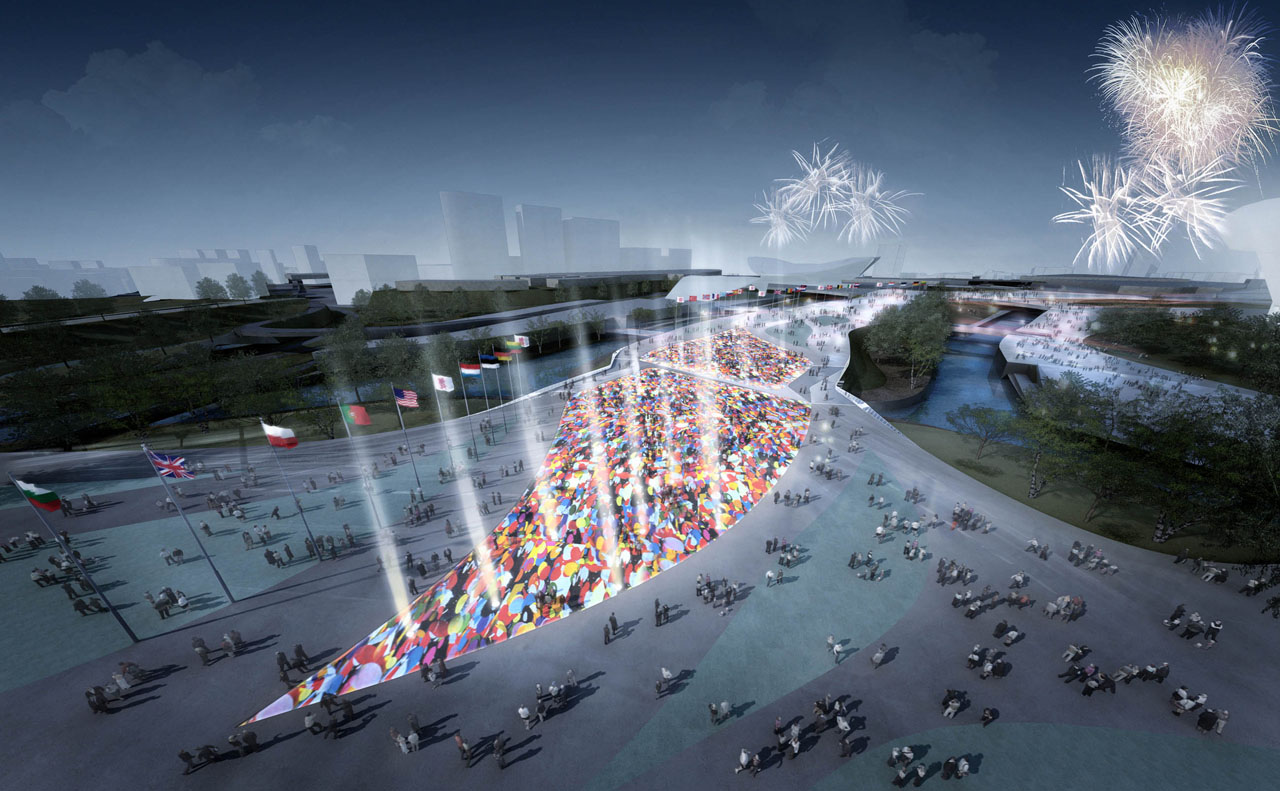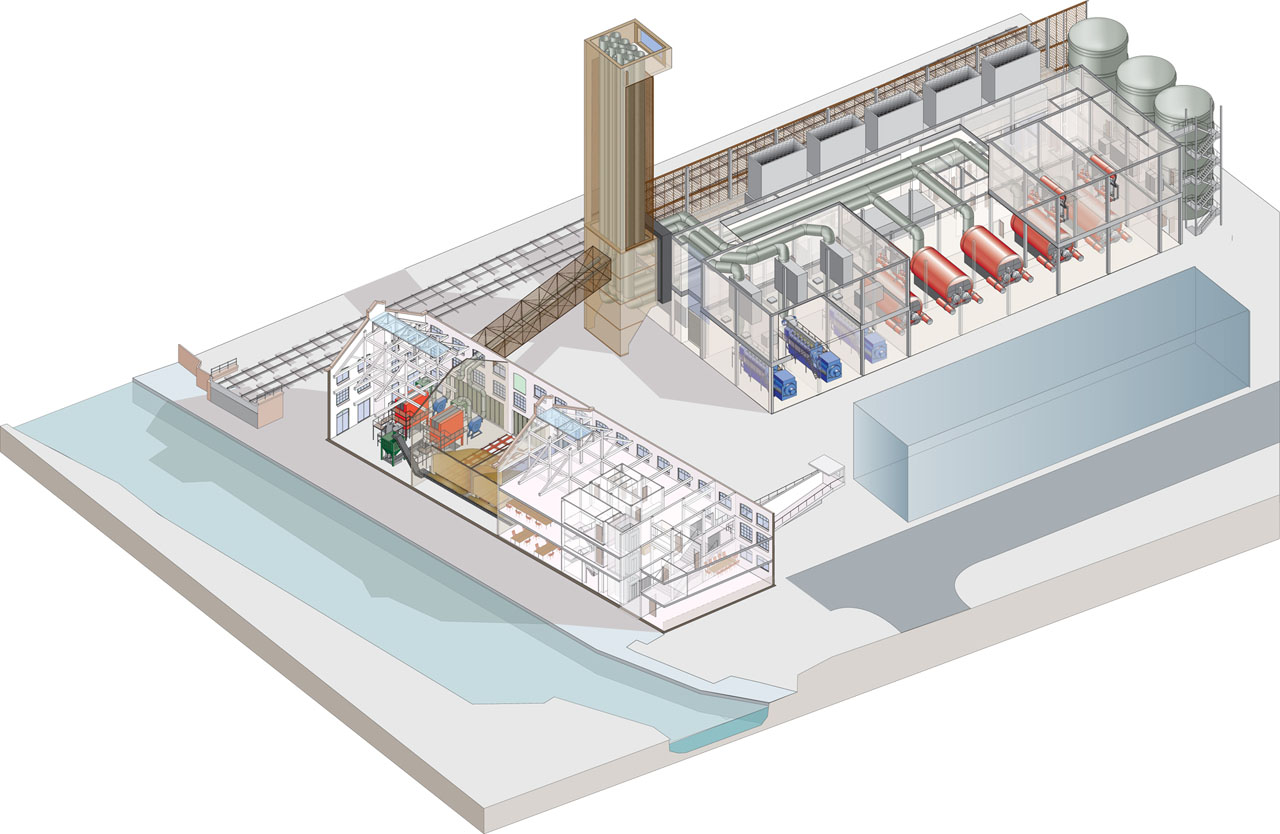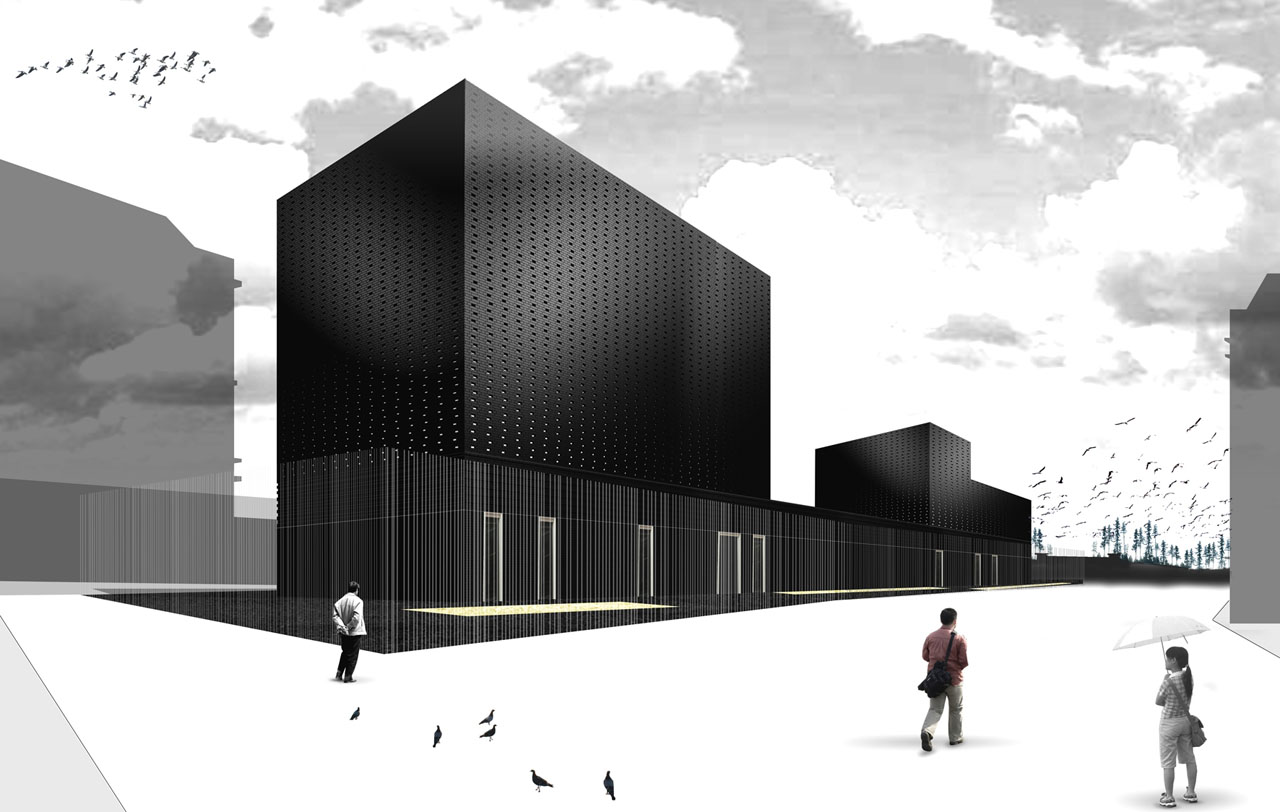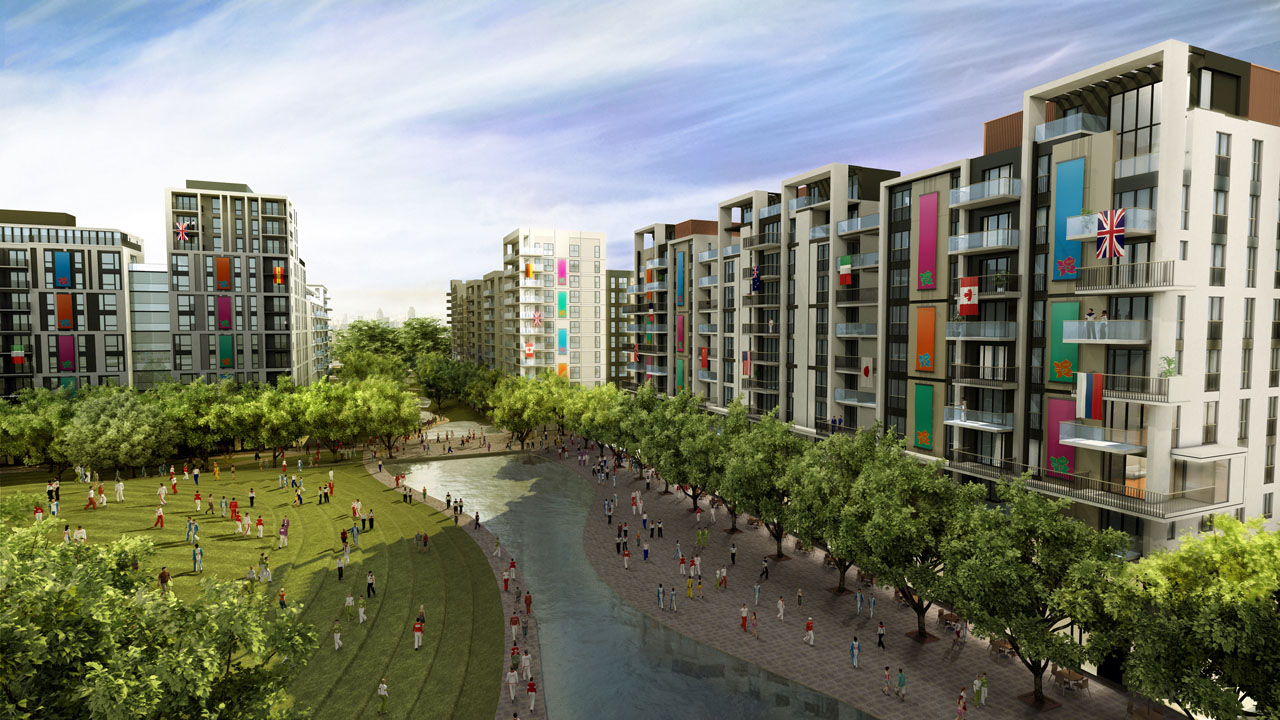London 2012: The Infrastructure of Olympic Park
Video
From July 27, 2012 through September 9, 2012, millions of visitors are expected to converge in London, England, for the XXX Olympic Summer and Paralympic Games. Since receiving the winning bid in July of 2005, the London 2012 Organising Committee of the Olympic Games (LOCOG) and the Olympic Delivery Authority (ODA) have been hard at work preparing for the influx of activity that will occur on the 2.5 km2 Olympic site in East London.
With London 2012’s vision of “creating a Games for everyone,” the accessibility of the Games was paramount for the ODA, the public body responsible for developing and building the new venues and infrastructure that will be used during and after the Games.
Since August of 2005, the ODA has not only overseen the planning and construction associated with building each of the world-class Olympic Park venues that will be utilized during the games, it has also executed a comprehensive infrastructure plan that includes roads, bridges, an Energy Centre, a Primary Substation, a Pumping Station, and a technology platform.
The ODA’s Olympic Park infrastructure plan was characterized by several key themes: design and accessibility, employment and skills, equality and inclusion, health, safety and security, sustainability, and legacy. The team approached the plan with both the 2012 Games and long-term usage in mind, in order to ensure that the site’s East London community will be regenerated with schools, housing, and health facilities long after the Olympic athletes have returned home with their medals.
Roads and Bridges
The ODA’s single biggest task was to construct the structures, bridges, and highways that will allow access to the 2012 Games. In order to link the park to surrounding areas and transport materials across numerous waterways and railways during the construction process, the ODA built more than 30 new bridges. One of the most notable new structures is the 250-m-long and 40-m-wide pedestrian bridge that will serve as the main point of access into Olympic Park during the Games. The bridge not only provides a means for foot traffic to enter Olympic Park, it also serves as the roof structure of Zaha Hadid's Aquatics Centre training pool.

In the spirit of merging structural function with artistic design, selected bridges and underpasses feature the commissioned work of two artists who were appointed by the ODA as a result of winning a competition in summer 2008.
Energy Centre
To meet the power, heating, and cooling needs during the 2012 Games, as well as those of nearby communities after, the ODA oversaw the development of an Energy Center that utilizes renewable energy and energy-efficient technology. Located in the west section of Olympic Park, the Energy Center features a biomass boiler that uses woodchips as fuel to generate heat, as well as a Combined Cooling, Heat, and Power plant (CCHP) that is powered by natural gas.

Primary Substation
Serving as the “backbone” for long-term development in the area, the Primary Substation was the first building completed in Olympic Park in October 2009. Designed, constructed, owned, and operated by EDF Energy through Lea Valley Utilities, the station provides gas, water, electricity, telecommunications, and sewage services to Olympic Park and the surrounding areas. More than 100 km of cabling distributes electricity to various venues throughout Olympic Park.

Pumping Station
The next building completed in Olympic Park was the Pumping Station, which collects, conveys, and removes waste water from the main venues in the Park and from nearby residential developments.

Architecturally, the building features a circular design inspired by the engineering of the sewer shafts beneath the ground. The exterior of the building features Sir Joseph Bazalgette’s drawings of a Victorian sewage pumping station, paying homage to the Victorian history of the London sewer network. The Pumping Station also features a lantern at the top of its tower, which serves as a visible landmark for the surrounding area.
Technology
In addition to developing and constructing the physical structures and infrastructure systems that will make the London 2012 Games possible, the ODA is also responsible for overseeing the development of a very complex technology infrastructure. This includes providing IT systems and security, creating network connectivity between buildings, ensuring that accurate Games-time results are captured, produced, and communicated to a worldwide audience, creating video boards, score boards, and public announcement systems, and utilizing new media technologies to provide worldwide access to the Games.
After the Games
Upon the conclusion of the Summer Games in September 2012, the ODA plans to transform Olympic Park into a vibrant community with new residential developments, shops, restaurants, community and professional sports venues, and green space.

To create the green space, the ODA plans to clean and widen the canals and waterways of the River Lea, restore the area’s natural flood plains, and plant additional trees to create a welcoming habitat for varied species of wildlife. The green space will also serve as a calming, quiet retreat in the middle of the city and be accessible through a network of canal towpaths, walk paths, and bike paths.
The future community will be easily accessible due to a number of cross-city transportation improvements that are already underway as part of the London 2012 infrastructure plan, such as additional stations and increased capacity on the light railway system.

Lisa Taylor Minor
Lisa Taylor is a freelance writer and marketing consultant. She has more than 16 years of experience as a communications professional and has worked with a variety of companies in the home products and building materials industry. Originally from Memphis, TN, Lisa earned a BA in Journalism from the University of Memphis in 1995 and a MA in Journalism from the University of Memphis in 1997. She spent the first 11 years of her career working in account service for Memphis advertising agencies Thompson & Company, Oden Marketing & Design, and Carpenter/Sullivan. Lisa then spent five years in Nashville, TN, with The Buntin Group, an Adweek Top 100 U.S. advertising agency, and Louisiana-Pacific Corporation, a leading manufacturer of building materials. Lisa currently lives in Denver, CO, and is Principal/Owner of Wazee Marketing.
Website: www.wazeemarketing.com













